Removing evergreen shrubs
michaeljc70
6 years ago
Featured Answer
Sort by:Oldest
Comments (15)
ken_adrian Adrian MI cold Z5
6 years agomichaeljc70
6 years agoRelated Professionals
Alexandria Landscape Contractors · Davidson Landscape Contractors · Saint John Landscape Contractors · Fernandina Beach Window Contractors · Orlando Window Contractors · Chattanooga Driveway Installation & Maintenance · Gages Lake Driveway Installation & Maintenance · Midwest City Decks, Patios & Outdoor Enclosures · New Albany Decks, Patios & Outdoor Enclosures · Pittsburgh Decks, Patios & Outdoor Enclosures · Ashburn Landscape Architects & Landscape Designers · Parole Landscape Architects & Landscape Designers · Byram Landscape Contractors · Gloucester Landscape Contractors · Greenfield Landscape ContractorsEmbothrium
6 years agolast modified: 6 years agomichaeljc70
6 years agofloral_uk z.8/9 SW UK
6 years agomichaeljc70
6 years agoEmbothrium
6 years agomichaeljc70
6 years agoken_adrian Adrian MI cold Z5
6 years agoNHBabs z4b-5a NH
6 years agolast modified: 6 years agoEmbothrium
6 years agolast modified: 6 years agoDeb
6 years agofloral_uk z.8/9 SW UK
6 years agoDeb
6 years ago
Related Stories

GARDENING GUIDES8 Deer-Resistant Elegant Evergreen Shrubs to Plant This Fall
Who knew that such beautiful shrubs could be deer-resistant?
Full Story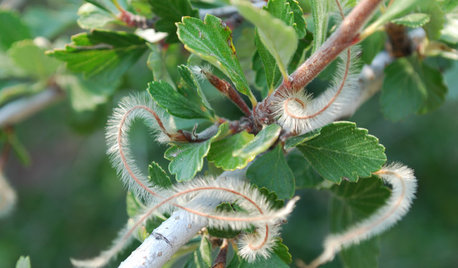
GARDENING GUIDESGreat Design Plant: Curl-Leaf Mountain Mahogany, an Easy Evergreen
Use it as an accent plant or mass it as a screen; this pine and spruce alternative is a hard worker in dry, cold climates
Full Story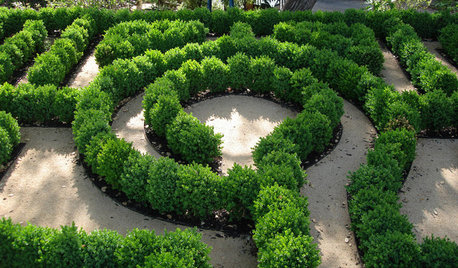
LANDSCAPE DESIGN12 Ways to Use Evergreen Boxwoods in Your Landscape
Add form to garden beds, edge walkways and create winter interest with these sophisticated shrubs
Full Story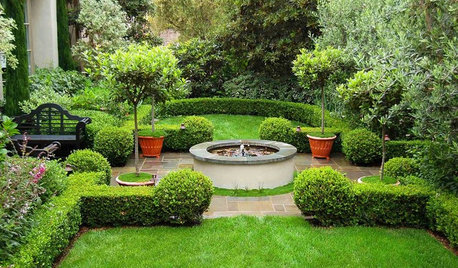
PLANTING IDEAS8 Ways Evergreens Can Provide Structure in the Landscape
Create a garden that looks good year-round by using evergreens as natural walls, dividers and focal points
Full Story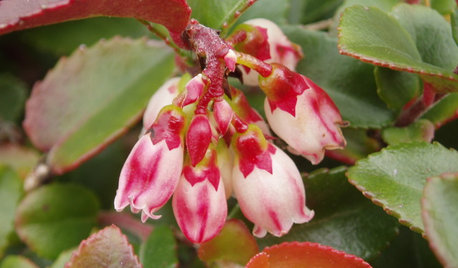
GARDENING GUIDESGreat Design Plant: Evergreen Huckleberry Appeals All Year
Spring flowers and summer berries are only half the story with Vaccinium ovatum, a versatile Pacific Northwest native plant
Full Story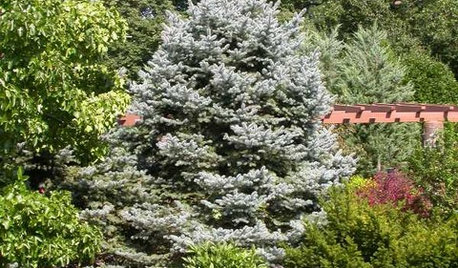
LANDSCAPE DESIGN10 Evergreens for Beautiful Foliage All Year
Give your landscape consistent color and structure with the emeralds, chartreuses and blues of evergreen trees and shrubs
Full Story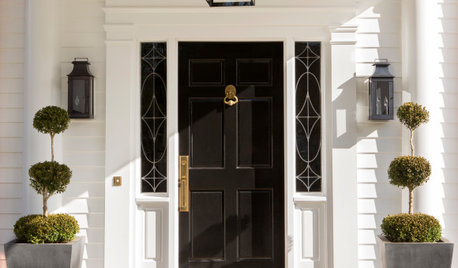
GARDENING GUIDESTop Cold-Hardy Evergreens for Container Gardens
These tough beauties look good year-round and add consistency to container arrangements
Full Story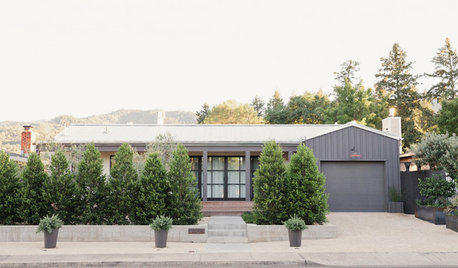
PLANTING IDEASHedgers and Edgers: The 10 Best Shrubs for Structure
Find out about top picks for privacy screens, formal hedges and low-growing borders
Full Story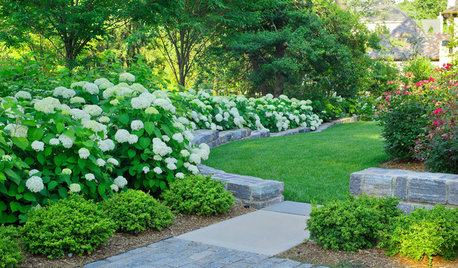
FLOWERS AND PLANTS10 Essential Shrubs for Mid-Atlantic Gardens
Easy-to-grow mid-Atlantic native shrubs celebrate the character of the region
Full Story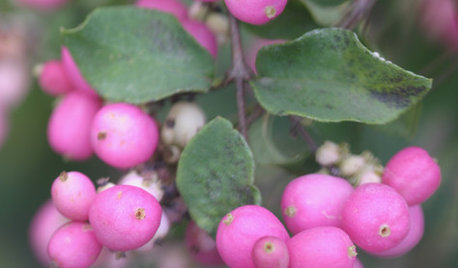
LANDSCAPE DESIGN5 Berry-licious Shrubs to Plant Now for Winter Interest
Showy color during snow season? You bet. These shrubs will wake up a garden with colorful berries when other plants are asleep
Full Story





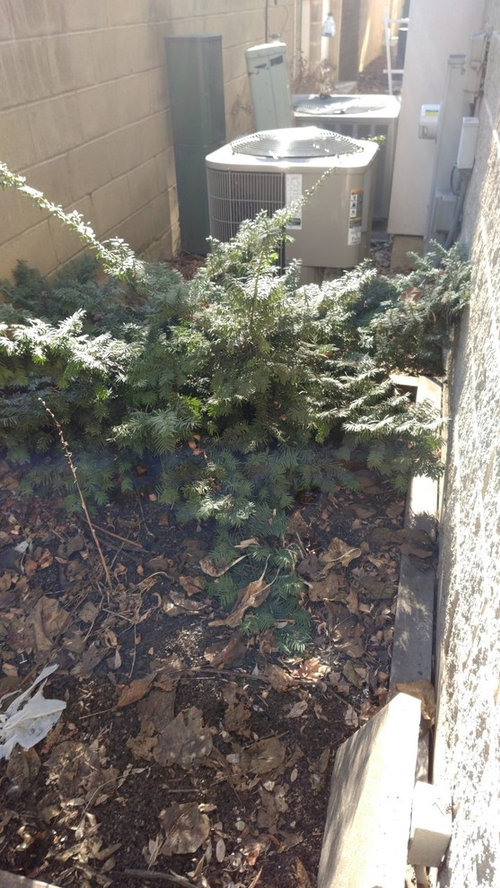
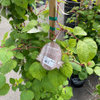
cecily